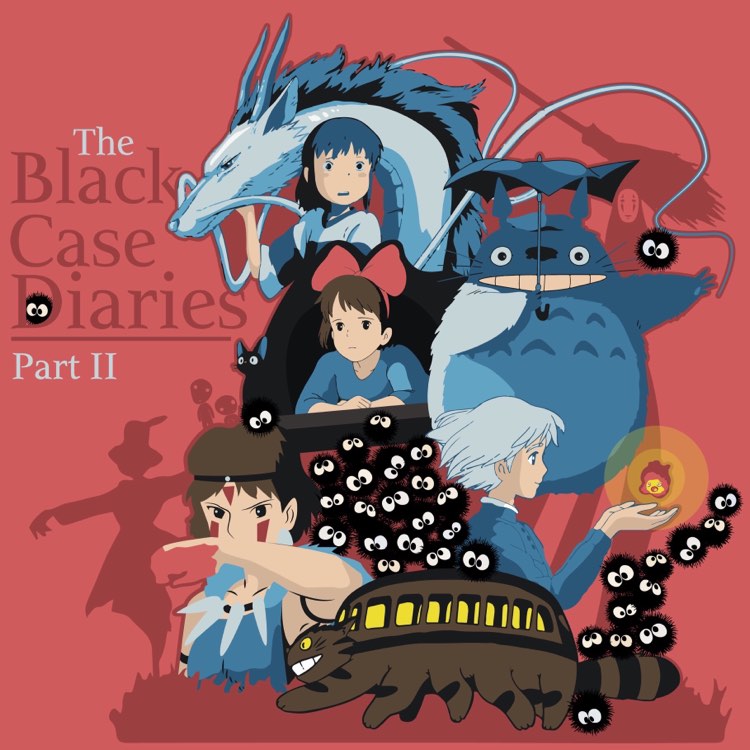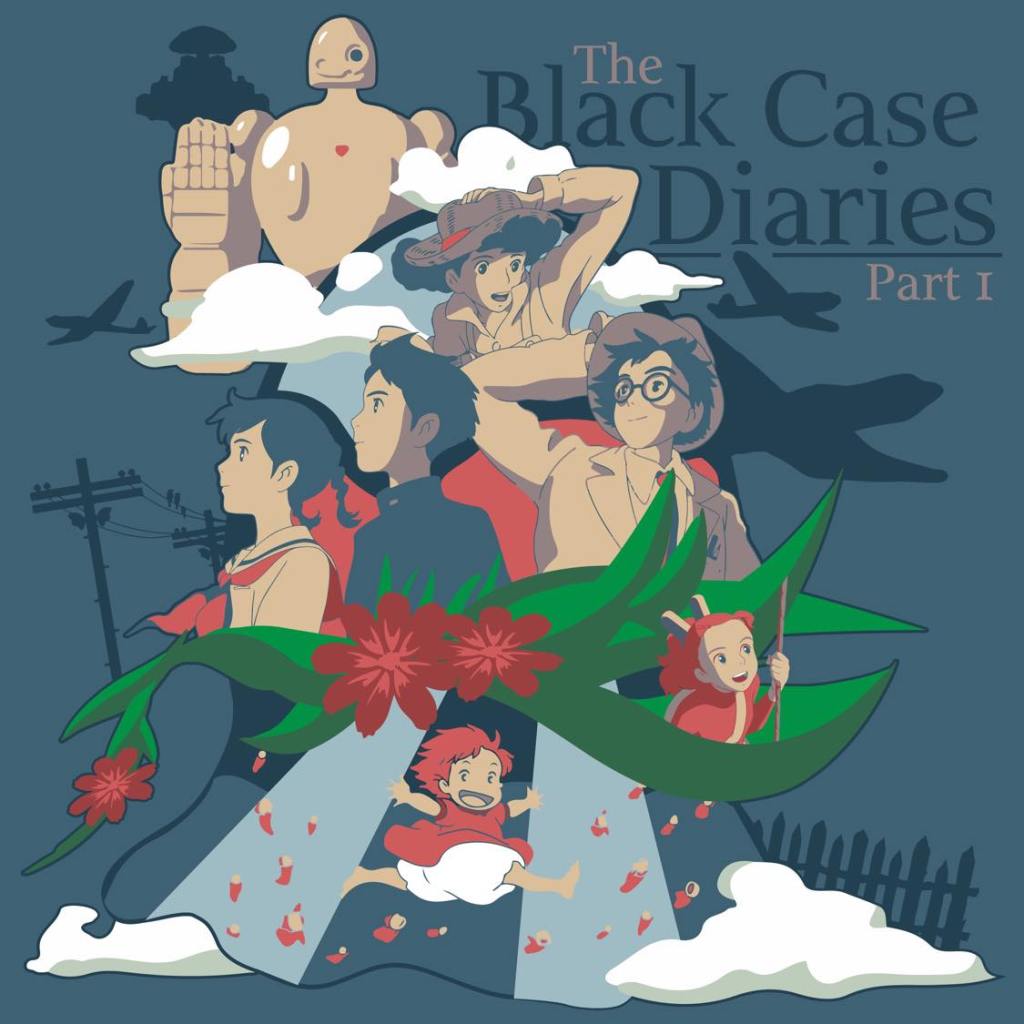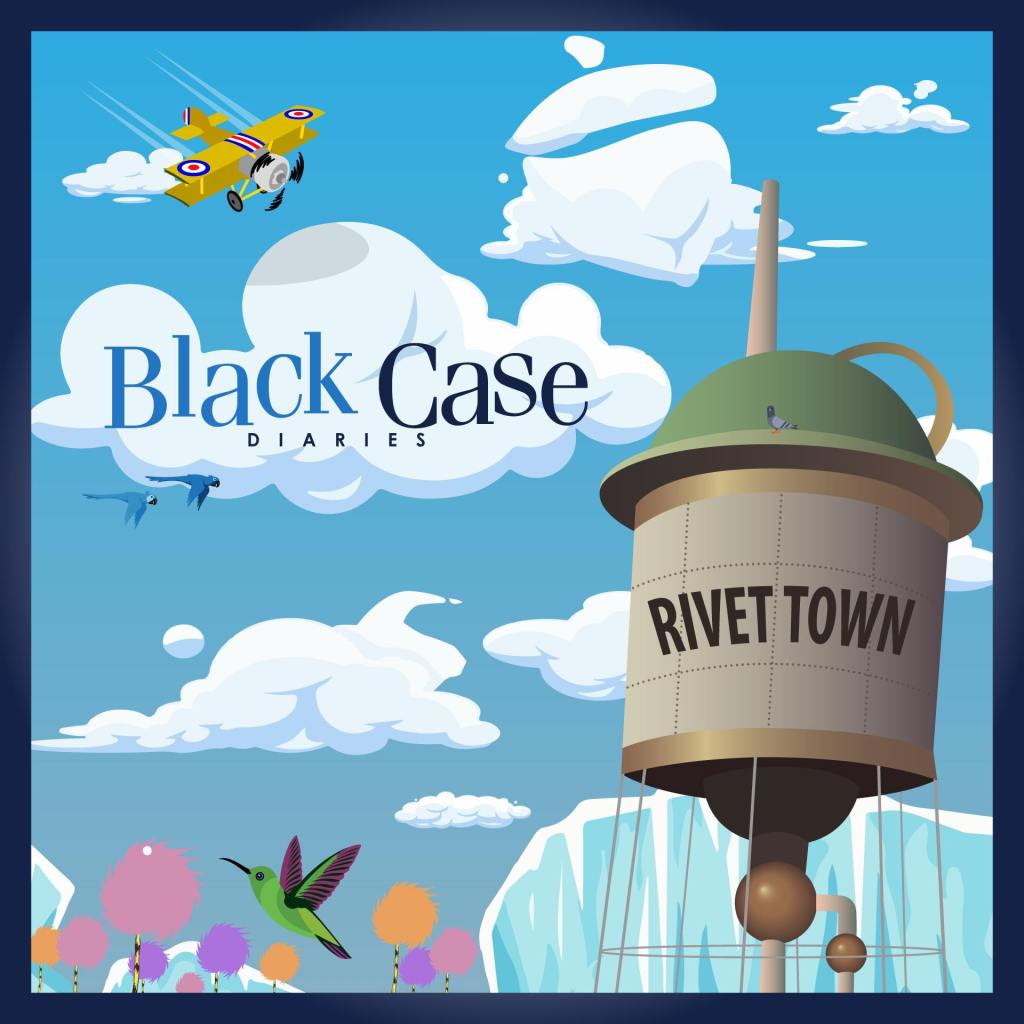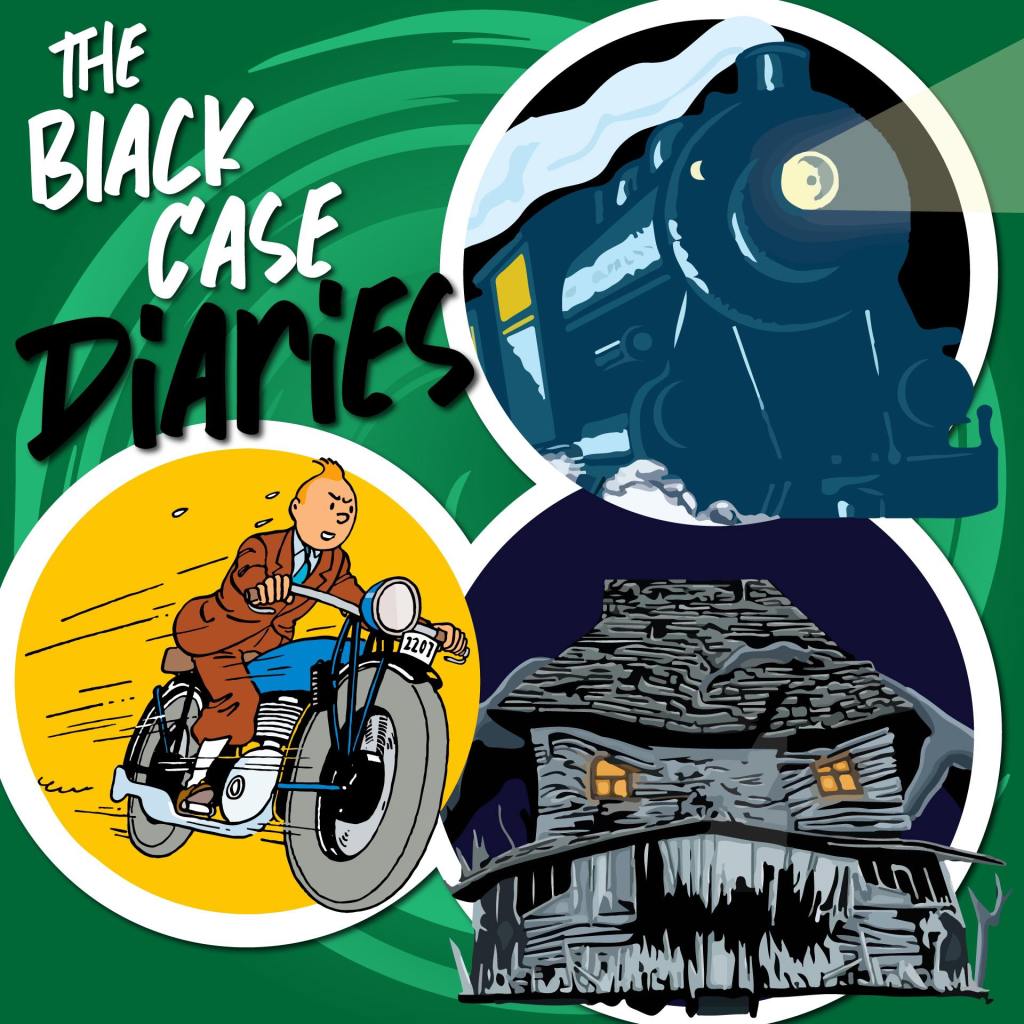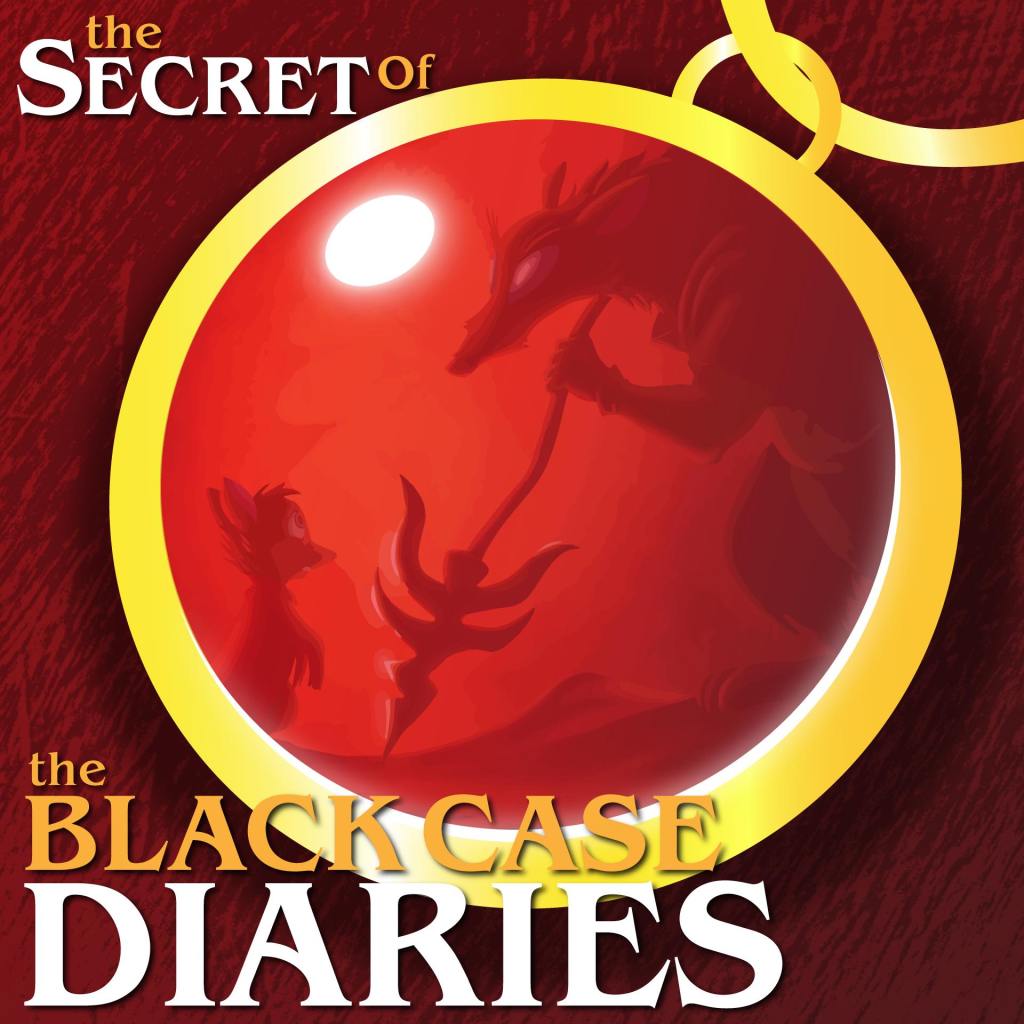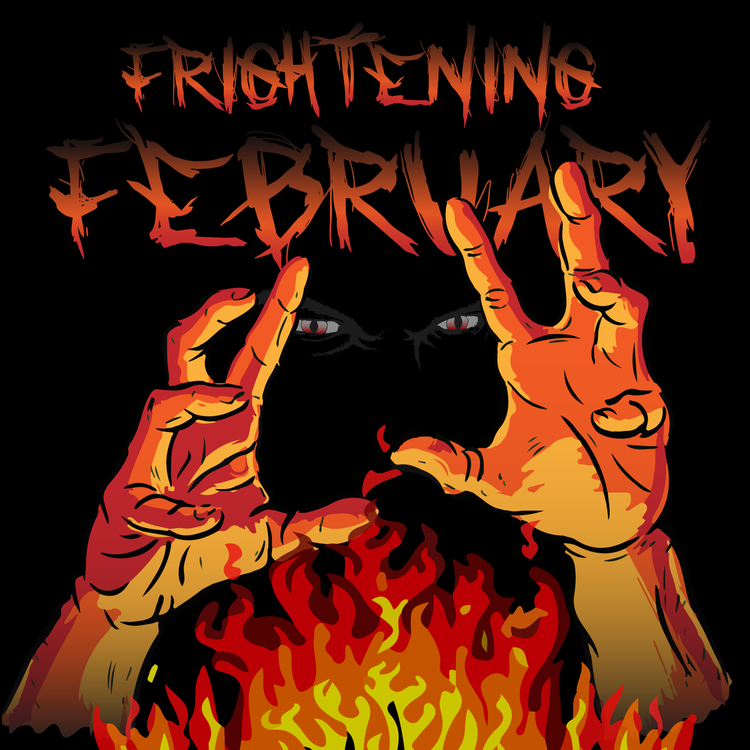
In the summer of 2016, writer and director Makoto Shinkai introduced the world to one of the most beloved anime films of the decade. With several beautiful and successful films under his belt, the animator was already a well-known voice in animation. However, this film would surpass them all commercially, becoming one of the highest-grossing anime films of all time.
That film was called Your Name. It’s a visual masterpiece from start to finish. It’s a heartfelt love story that will reach any generation. Its unique storyline draws in audiences, as relatable characters face experiences both inherently strange–and somehow–completely familiar, against a backdrop of breathtaking photorealistic animation.
So, come travel with us to Tokyo, or to the small town of Itomori, and we will try our best to remember Your Name.
SUMMARY
- Taki and Mitsuha have never met. One of them lives in the thriving city of Tokyo, while the other resides in a tiny mountain town that doesn’t even have a cafe. Despite their distance, these two teenagers seem to have something in common: on random days of the week, they wake up in each others’ bodies! Because of this strange experience, Taki and Mitsuha form an intense bond. And when they attempt to meet each other in person, their relationship becomes even more complicated.
MAKING OF THE MOVIE
- Makoto Shinkai is an animator, writer, and director. He is one of the most well-known creators of modern anime, having written and directed Your Name along with other incredible films.
- But when Shinkai began making films, reaching audiences across the world wasn’t his intention. In fact, when he made one of his earliest films, Voices From a Distant Star, he only intended for a few people to see it. He never anticipated creating a film that would be viewed in different countries. Because of this, he believes (rather humbly) that anyone can make a successful animated movie.
- Shinkai released his first short film in 1998, which showcased his unique art style and talent for visual storytelling. Ever since, Shinkai has incorporated a high level of realism in his films, which includes his use of photorealistic backdrops. This Anime style resonates with audiences because it places the characters firmly in real-world surroundings; places that they live in and see every day.
- With the exception of a couple of his films like, Children Who Chase Lost Voices, Makoto Shinkai tends to work in Low Science Fiction and Fantasy. This means that his films are grounded in reality, but feature supernatural and fantastical elements.
- Shinkai developed the story for Your Name while trying to meet a deadline to pitch a film to Toho, the legendary Japanese studio. During an interview, he explained that he creates stories for adolescents that are similar to the way he was as a younger person. This is how he approached the story for Your Name, even though the film didn’t pull from any specific experience from Shinkai’s teenage years.
- Shinkai drew inspiration from a commercial that he animated in 2013, just before he began working on the screenplay for Your Name. The ad was for a test prep company called Z-Kai. It was two minutes long, and centered around two teenagers: a boy in Tokyo and a girl on an island far from Tokyo. The pair had never met but they both were working toward college entrance exams. Shinkai said “And I thought this story about two people who live in different places but may someday meet could be made into a longer film.” The commercial was called “Cross Road.” Here’s a link to it with english subtitles so you can see it!
- It took him about two weeks to develop the story pitch, which was eventually accepted (as you know, or else we wouldn’t be talking about it!) His idea from the first draft was to create a complex story about the connection between people that have never met. Shinkai himself believes people that know each other solely online can be just as close–if not closer–as people that know each other in “real life.”
- Most of Shinkai’s work up until this point was more melancholic, and even though he did not intentionally make Your Name more upbeat and comedic, it turned out that way due to the nature of the story.
- Throughout the writing process, Shinkai had several influences. Most notably, the short story called, “The Safe-Deposit Box” by Australian writer Greg Egan. Another inspiration was a short story by Haruki Murakami called “On Seeing the 100% Perfect Girl One Beautiful April Morning.”
- In terms of directing, Shinkai credits the popular American TV series Breaking Bad as one of his influences as well. While working on production, he would watch the show on repeat, because he was taken with the artistic style. Breaking Bad is known for its use of classic creative devices in visual storytelling and unique angles, and it’s not a huge stretch to see how that may have affected the framing and imagery in Your Name.
- Lighting
- Lighting is an incredibly important part of Shinkai’s animation, and he goes back to add lighting effects to every frame when needed. The light and background imagery reflect the emotions of the characters and what’s happening in the story.
- This is just one of the many visual themes throughout Your Name. Another frequent visual metaphor is the use of lines in the film. There is often a line that separates the screen, whether that line is the path of a sliding door, or the railing of a staircase. Shinkai also uses the same device to connect the main characters. While they are clearly separated, the imagery of the red chord holds them together.
- Shinkai expertly utilizes other creative devices like framing, leading lines, negative space, and depth of field. When the film shows the up-close and intricate weavings of the chord, the animation simulates the line of focus from a camera, even though the film is animated.
- Matt Alt in The New Yorker praised the film’s success and said, “Although it was produced entirely on computers, like nearly all modern anime, Shinkai and his team seem to have synthesized the best parts of both worlds: the characters emote with a warmth reminiscent of traditional hand-drawn animation.” Throughout the article he discusses how the film shows the mundane in an exquisite way. As you look at the images behind the characters you see that they are so well designed that they seem to be romanticized.
- Makoto Shinkai credits his team of animators for making the film the success that it was. In order to clue in the audience as to what’s happening, the body-switching aspect of the film had to be obvious. When Mitsuha is in Taki’s body, we can see that his posture and actions are different. His pupils were animated to be larger, and his shoulders were more narrow. Even if the audience doesn’t realize these physical differences, it still helps them understand when the characters are in each other’s bodies and when they are not.
- Shinkai and his team spent about two years creating Your Name. As a director, he felt like the most difficult part of his job was communicating with the animators. He has to look at the film as a composite, but the animators each have their own pieces that they created. Piecing it all together and deciding what will be cut can be very challenging. His favorite part, however, was intertwining the animation with the film’s score.
SCORE
- Music is an essential part of Shinkai’s animation process. Some fans describe his style as the “rhythm of sound.” He uses music as a base for the movement and speech of his characters. There are four theme songs in Your Name, setting a certain tempo for the film that even the characters’ monologues seem to follow.
- The music for the film was composed by the Japanese rock group, Radwimps. They also recorded English versions of every song in the film for the English dub!
- Yusuke, their bass guitarist explained in a Forbes article, “Makoto Shinkai was a fan of RADWIMPS so he recommended us as soon as the production of movie Your Name was confirmed. It’s such an honor.”
- It took about a year and a half to finish the score. Shinkai listened to the music over and over, storyboarding ideas for the film. When the music didn’t fit the story, the Radwimps would make changes to the songs. The band didn’t see the animation until the film was in its final stages.
- Yojiro, their guitarist, in the Forbes article said of writing the music for the film, “We talked with the director and the producer more times than I can even remember. The songwriting process was moving forward at the same time with the animation so it influenced each other. The music changed the story, the lines, and if the new scene was created, we changed the music. It was a creative process. The two main characters were very attractive. So I concentrated on them. How and when their feelings moved. We weren’t able to see the actual animation until it was all finished so we focused on the script and director’s words. And just kept imagining.”
FUN FACTS
- The comet in the movie that hits the town of Itomori was named Tiamat. Tiamat has a mythological background. The ancient Mesopotamian goddess was known for chaos which fits the role of a comet perfectly.
- The town, which is fictional, is named Itomori. In Japanese “ito” means thread and “mori” means forest.
- The names of Mitsuha and her family all connect. Her grandmother’s name means “leaf one,” Mitsuha means “leaf three,” and her sister’s name means “leaf four.”
- The film was so popular that a light novelization of the movie was released the same year by Shinkai.
- Makoto Shinkai used metaphors and foreshadowing throughout the film. In one scene, Mistuha’s teacher is giving a lesson about Twilight and “Magic Hour.” This represents Taki and Mitsuha and how they, just like the day and the night, will never meet, except during twilight. Later in the film, Taki and Mitsuha manage to see each other for a few brief moments, as the day becomes night. The teacher in this scene is actually a character from Shinkai’s 2013 film The Garden of Words.
- Shinkai also included other characters from The Garden of Words into Your Name. Also, Mitsuha and Taki make short appearances as adults in Shinkai’s recent movie titled Weathering with You.
AWARDS
- Best Original Score at the Asian Film Critics Awards, Best Music Score and Most Popular Film from Awards of the Japanese Academy, Some Behind the Voice Actors Awards for Best Female Vocal Performances and Vocal Ensemble in an Anime feature film, A Blue Ribbon Award, Crunchyroll Anime Award for Best Film, and more.
HOW IT WAS RECEIVED
- Shinkai, when asked how he felt the movie was received in the west compared to Japan, expressed that he could not know for certain. He pointed out the fact that even though the film had been translated for English-speaking audiences, there was still a language barrier. He gave an example saying that in Japanese there are different pronouns that girls and boys use. Boys will use “ore” or “boku” and girls will use “watashi.” This can be identified in the scene when Mitsuha is having lunch with Taki’s friends and has to keep correcting how she refers to herself. In English, it doesn’t sound like Mitsuha (as Taki) is misgendering themself. But in Japanese, the correction needs to be made, or Taki’s friends would be confused.
- Because of the body switching aspect of the film, audiences noticed the theme of gender tropes, stereotypes, and identity. When Taki and Mitsuha switch places, the physical difficulty of being in the body of the opposit sex is only brought up early on. They generally settle into each other’s bodies fairly quickly, which gives off the impression that their gender is more fluid than binary. But, the people around them comment on the noticeable difference. Taki’s friend thinks he’s acting “cute” and his coworker develops a crush on him after noticing his “feminine side.”
- Like the films of Studio Ghibli, Your Name also made a major impact on western audiences. The film introduced a whole new group of people to anime, and opened the door for it to become more accessible in western countries.
- Due to Shinkai’s photorealistic animation style, the locations in Your Name essentially became viral, with fans from all over the world visiting the iconic steps where the couple meets at the end of the film. On those steps there is a map to other locations featured in the movie!
- At an estimated budget of just under 3 million dollars, according to IMDB, the film made an impressive 358 million dollars worldwide! It’s one of the most successful Japanese films of all time.
- The film was so popular that J J Abrams and Marc Webb are making a live-action English-language adaptation of the story.
Your Name is one of the most beautiful films we have ever seen. Every frame of animation matches the complex beauty of an intricate love story. From start to finish, Makoto Shinkai takes the audience on an incredible journey with a story that is equally unique and fascinating. But, the film doesn’t just succeed in its fantastical elements. It portrays the relationship between two adolescents and how they each help each other grow and become better versions of themselves. Taki and Mitsuha’s relationship begins with an annoyance that evolves into respect. That respect matures into friendship, and eventually, love.
Whether you are a fan of anime or not, Your Name is definitely worth a watch. It’s a film that resonates with everyone who has ever felt an unending and unbreakable connection to another person. One thing is certain: it’s the kind of movie that you will never forget.
SOURCES:
- https://www.youtube.com/watch?v=Rbh3fHWhWeQ
- https://www.youtube.com/watch?v=pfHiwmknAcc
- https://www.forbes.com/sites/olliebarder/2017/04/18/radwimps-on-how-they-scored-the_music-for-the-anime-blockbuster-your-name/?sh=203d10da592c
- https://www.newyorker.com/culture/culture-desk/your-name-the-most-popular-anime-of-all-time-comes-to-america
- https://filmdaze.net/exploring-the-visual-themes-of-makoto-shinkais-your-name/
- https://screenrant.com/behind-the-scenes-facts-your-name/
- https://www.cbr.com/your-name-anime-movie-facts-trivia/
